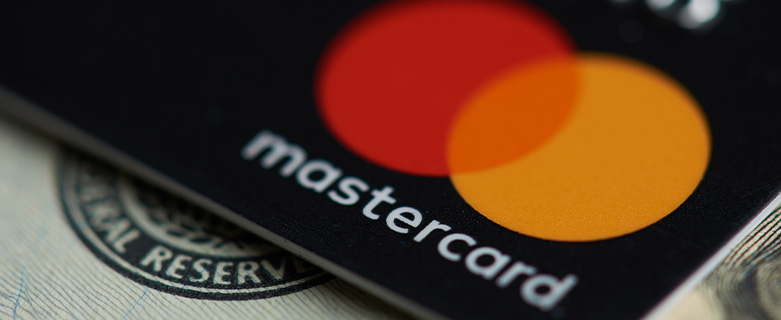
Mastercard Excessive Chargeback Program
By Chris Alarie on Jun 22, 2023
Card brands find it in their interest to reduce the amount of chargebacks that are filed with their issuing banks. As a result, card brands will often design programs that encourage merchants to make efforts to reduce chargebacks through whatever actions can be taken on their end. One such example is the Mastercard Excessive Chargeback Program.
What Is the Mastercard Excessive Chargeback Program?
Mastercard’s Excessive Chargeback Program (ECP) is a program in which merchants are penalized for regularly exceeding certain thresholds relating to chargeback volume and frequency. It is related to the Acquirer Chargeback Monitoring Program (ACMP) and Excessive Fraud Merchant (EFM) program.
There are two different levels of the ECP: Excessive Chargeback Merchant (ECM) and High Excessive Chargeback Merchant (HECM). HECM has higher chargeback thresholds and more severe penalties than ECM.
How Does a Merchant Get Put Into the Mastercard Excessive Chargeback Program?
The two categories that Mastercard considers when determining whether to put a merchant in the ECP are total number of chargebacks and calculated basis points. Basis points are calculated by taking the number of first presentment chargebacks filed against a merchant in a given month, dividing that by the total number of Mastercard transactions processed by the merchant in the previous month, and multiplying the result by 10,000. Number of chargebacks are calculated by simply counting the number of chargebacks in a given month.
If a merchant exceeds 100 total chargebacks and 150 basis points in a calendar month, that merchant is identified as being at the level of ECM. If a merchant exceeds 300 chargebacks and 300 basis points in a calendar month, they are identified at the higher level of HECM.
When a merchant is identified as being an ECM or HECM, Mastercard notifies the merchant’s acquirer. The acquirer reviews Mastercard’s report and notifies the merchant. Mastercard begins non-performance assessments if the merchant is identified as an ECM or HECM for any two months, consecutive or nonconsecutive.
What Are the Consequences of Being In the Mastercard Excessive Chargeback Program?
Mastercard has the right to levy fines against merchants that remain in the ECP for more than one month. Those fines escalate the longer the merchant remains in the program. The fine structure is as follows:
| Months in Program | ECM Fine | HECM Fine |
|---|---|---|
| 1 | None | None |
| 2 | $1,000 | $1,000 |
| 3 | $1,000 | $2,000 |
| 4-6 | $5,000 | $10,000 |
| 7-11 | $25,000 | $50,000 |
| 12-18 | $50,000 | $100,000 |
| 19+ | $100,000 | $200,000 |
After 4 months, Mastercard may also choose to levy something called an Issuer Recovery Assessment, which is an additional $5 fee for each chargeback after the first 300.
If a merchant remains in the ECP for six months, Mastercard may require the merchant’s acquirer to create an action plan to get the merchant’s chargeback problems under control and below the ECP thresholds. After 12 months, Mastercard will charge the acquirer fees in addition to the fines levied against the merchant. This may result in the merchant account being terminated.
How Does a Merchant Exit the Mastercard Excessive Chargeback Program?
Merchants can exit the ECP by staying below the ECM thresholds for three consecutive months. If the merchant stays below the thresholds for two months and then exceeds them again for the third month, they remain in the ECP and must again stay below the thresholds for three consecutive months.
Mastercard may also ask the merchant to submit a remediation plan in which they explain the steps they will take to reduce their chargebacks. This can involve outlining changes to business practices, explaining which chargeback prevention and anti-fraud tools they use, or anything else that demonstrates a plan to reduce chargebacks. Chargeback prevention tools such as Ethoca alerts can be particularly effective.
Conclusion
While there are specific procedures and policies associated with the Mastercard Excessive Chargeback Program and how to exit it, the fundamental underlying principle is to prevent chargebacks. There are best practices and some tools that merchants can use to prevent Mastercard chargebacks.
Because Mastercard has fewer chargeback tools than Visa, merchants may find their chargeback rates to be higher for Mastercard transactions. Merchants may be well served to partner with solutions providers such as MidMetrics in order to be released from the Mastercard Excessive Chargeback Program. We offer merchants clarity about their chargeback ecosystem and can help navigate the perilous seas of the Mastercard ECP.


